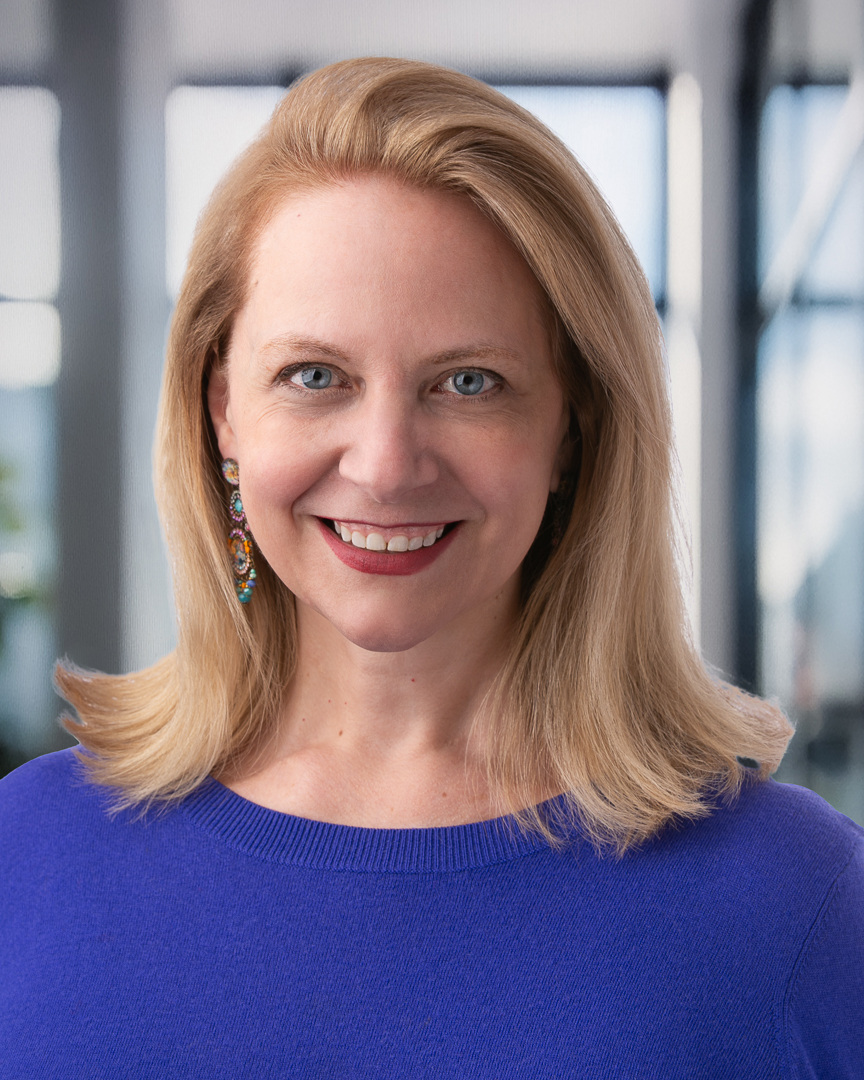In today’s attention economy, facts don’t move people—stories do. For nonprofits, storytelling is more than just a buzzword; it's a strategy that can drive donations, deepen community engagement, and expand reach. But in a media-saturated world, how do you tell stories that cut through the noise?
Two storytellers—Leandrew Robinson, CEO of Posterchild, and Matt Love, CEO of Love Productions—offer two distinct but highly complementary approaches. One brings software and AI to scale narrative capture, the other wields documentary film to evoke deep emotional connection. Together, they provide a roadmap for nonprofits ready to move beyond traditional communications and into real storytelling.
From Stories to Campaigns: Leandrew’s Scalable Model
Leandrew Robinson’s company, Posterchild, helps nonprofits turn community voices into data-driven fundraising campaigns. His philosophy? Nonprofits are sitting on a goldmine of untold stories—they just need the right system to surface them.
Posterchild’s platform uses AI to find, organize, and publish stories from within a nonprofit’s existing ecosystem. Whether it’s through applications, surveys, or social media tags, Posterchild helps collect narratives in real time and turns them into blog posts, profile pages, and donor-friendly landing pages. Crucially, these aren't just "nice stories"—they’re campaign-ready content pieces tied directly to fundraising goals.
“Start telling more stories—period,” says Leandrew. “Especially if you’re serving hundreds of people a week. That’s an endless well of impact.” He urges nonprofits to embed storytelling in the operations itself: intake forms become profile builders; check-ins become moments for reflection; final surveys become transformation spotlights.
And the secret weapon? Virality. When someone is featured and tagged, they share it, their community shares it, and the algorithm does the rest.
But Leandrew is quick to caution against perfectionism. “Nonprofits get stuck trying to make things look perfect. What matters is the authenticity—that you made an impact on someone’s life. That’s what resonates.”
Emotion Over Explanation: Matt’s Cinematic Approach
Matt Love, a documentary filmmaker and founder of Love Productions, helps nonprofits craft emotive, cinematic stories that are often the centerpiece of fundraising galas and campaigns. But he warns: don’t start with your mission—start with the person.
“I don’t want to see a video that explains what you do right away. I want to see the impact,” says Matt. His team specializes in working with people who have hard, complex stories to tell, helping them share in a way that’s vulnerable, compelling, and real. “Our job is to identify the emotion and trust the audience to follow. You don’t have to spoon-feed them.”
Matt’s work is grounded in empathy and intentionality. He spends time ensuring the subject is comfortable and supported before the camera rolls. He encourages nonprofits to think in campaigns, not just standalone videos. A successful series might include an introductory overview, two or three personal stories, and a final recap that ties it all together.
And like Leandrew, Matt sees a common pitfall: “Find someone who knows how to tell a story—not just shoot a video.”
The Shared Philosophy: More Stories, More Often
While their tools differ—Leandrew’s platform automates storytelling, while Matt’s team crafts it by hand—their advice to nonprofits is the same: tell more stories, and tell them more often.
Don’t wait for the annual report. Don’t let content bottleneck behind a design approval queue. Don’t underestimate the power of hearing directly from the people you serve.
Whether you’re building a viral-ready blog through Posterchild or producing a documentary centerpiece for a gala with Love Productions, the goal is clear: Make your audience feel the impact—and invite them to be part of it.
Final Takeaway: What’s Holding You Back?
Nonprofits often think storytelling is a luxury. But in 2025, it’s a necessity. If you’ve ever had someone say “I didn’t know you did that,” it’s time to rethink how you're sharing your work.
Leandrew puts it plainly: “What’s holding you back?”


